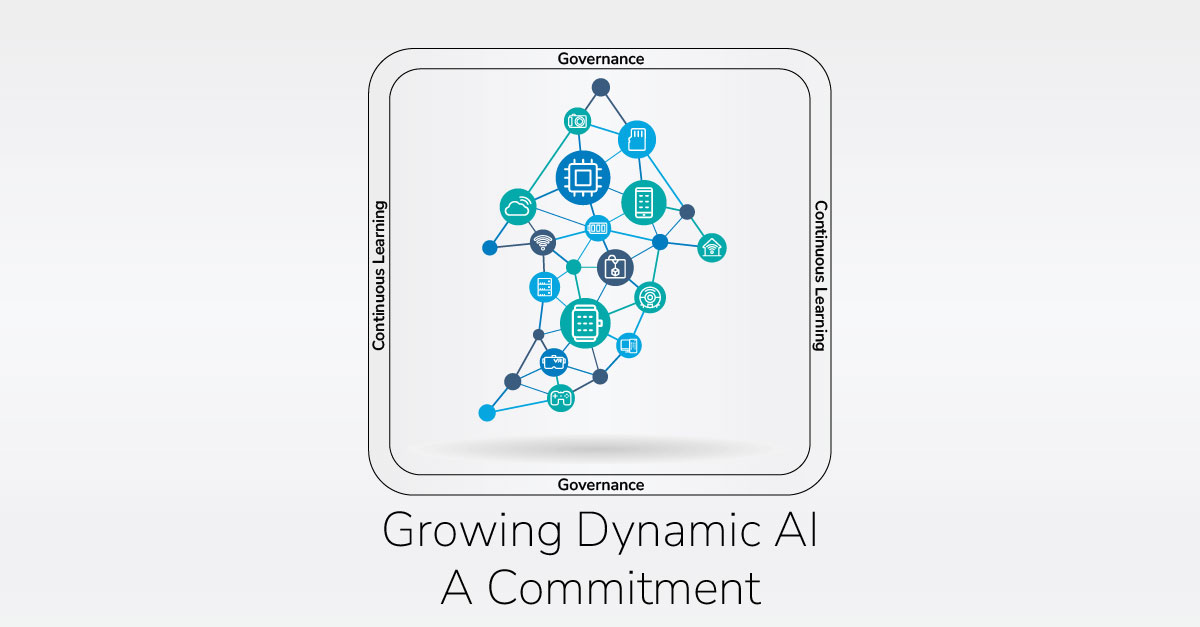
An AI Solution Should Not Be Considered “Static”
June 19, 2023
An AI solution should not be considered “static” but rather as an evolving and dynamic tool that requires “commitment”. For example, this year’s AI solution can have additional use cases added to it next year. Or the AI’s initial success can lead to its implementation across the entire organization. Another reason AI is not “static”, and the newer concept to consider, is the organization must commit to continuously “teach” its AI-driven applications to do more. AI becomes “dynamic” as it continually learns.
By continually adding new and updated information to an AI’s knowledge base, new machine learning models can be developed to assist in decision-making functions or become an automated daily oversight function, or “watchdog”. The AI can automate complex manual tasks by applying intelligence that formerly was required from an experienced worker because there were too many variables to consider for prior automation tools to be effectively applied, and/or the task required experienced human judgment to complete.
To continually enable your AI, commit to continually add knowledge and teach your AI solution to complete more work, and assist in more complex decision-making. Imagine when the AI has enough operating experience that it can learn to identify potential and predictable issues and offer immediate recommendations and suggestions for preventative actions. Eventually, AI might be allowed to take corrective actions on its own – within limits of course.
This ever-growing AI then will require broader governance, oversight, and management, presenting new risks to mitigate in its daily operations as it matures. Could this increase on-going AI operating costs? The answer is probably yes. As there is a cost to continually commit to add to your AI’s knowledge, it must be driven by business cases that produce quantifiable value and measurable improvements to justify increasing operating costs and additional investment.